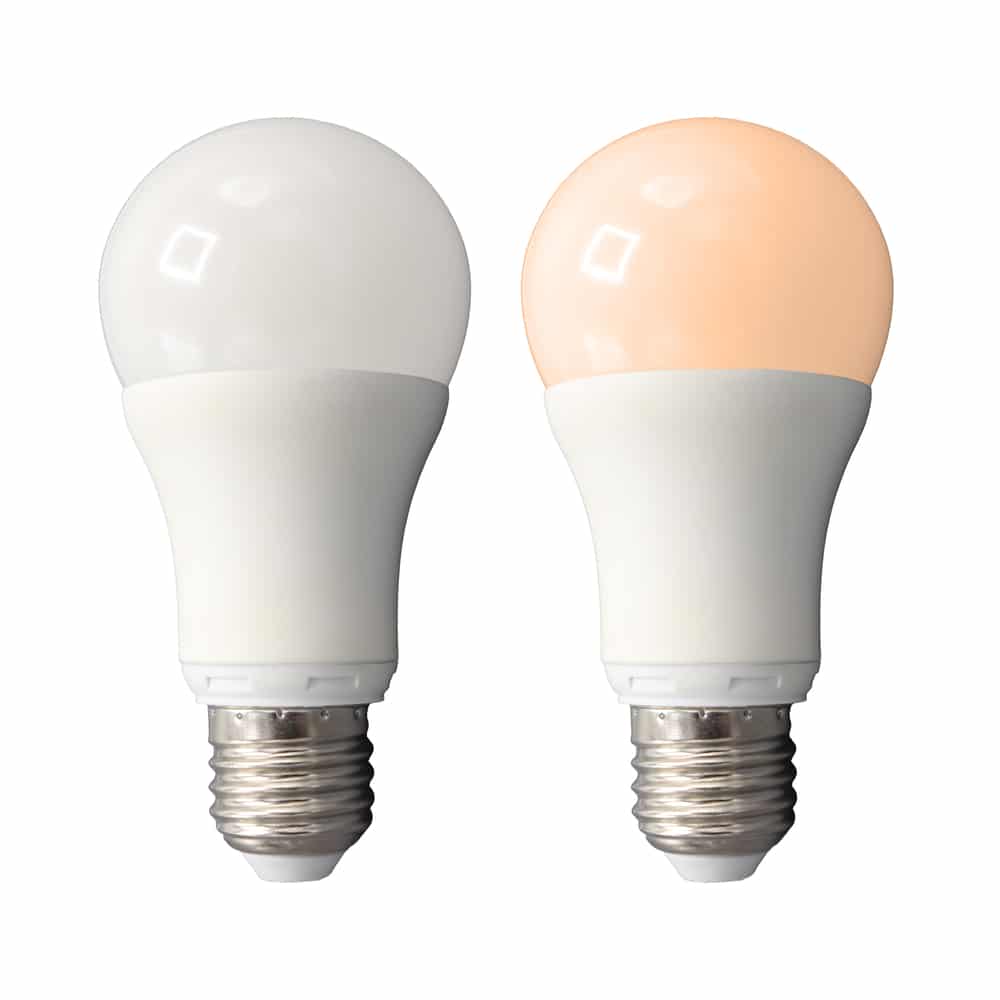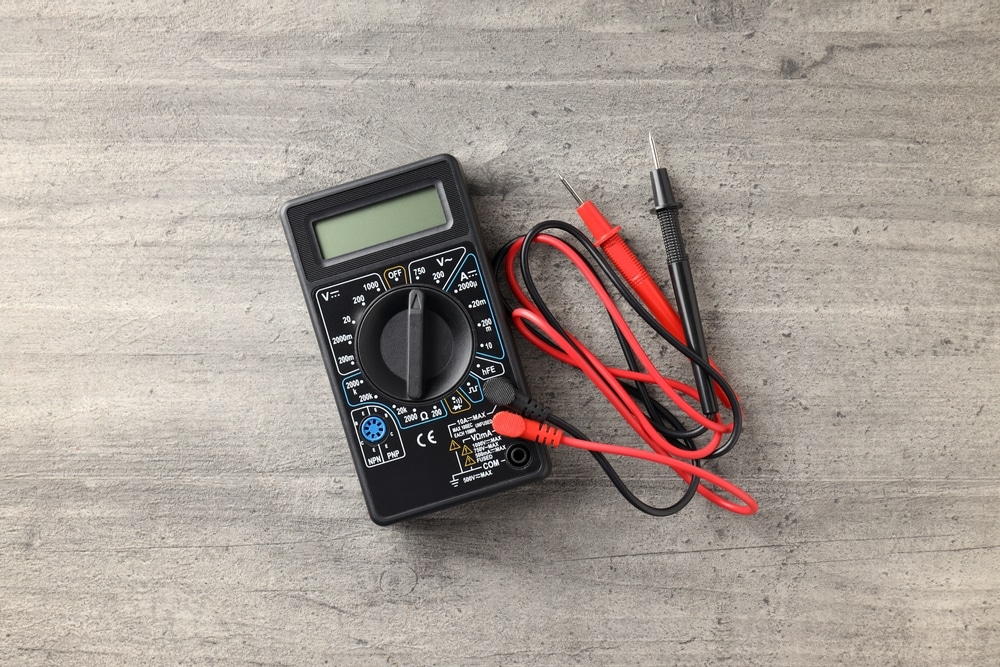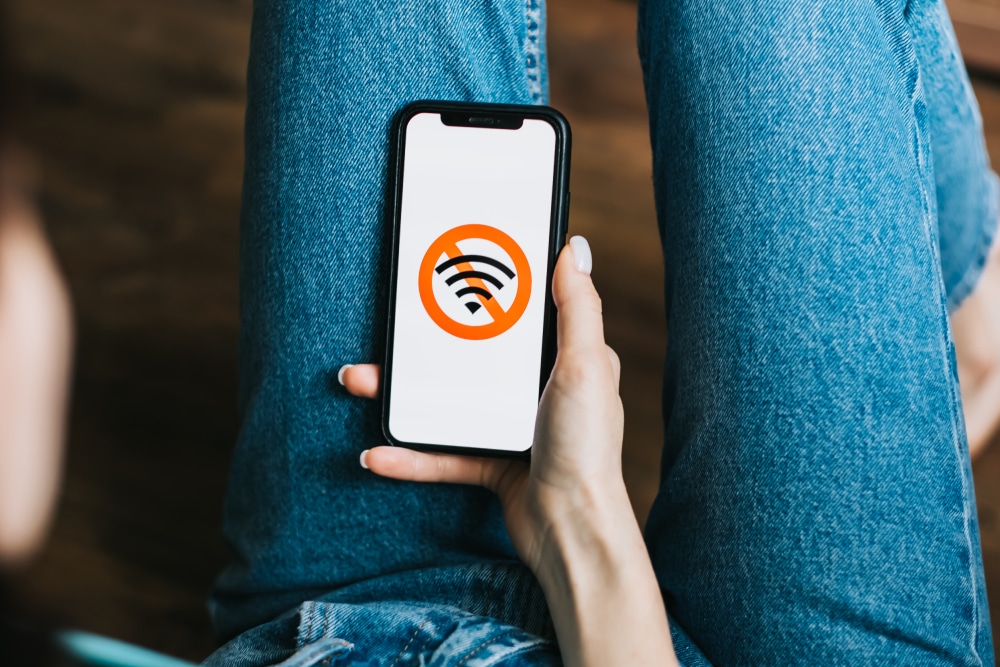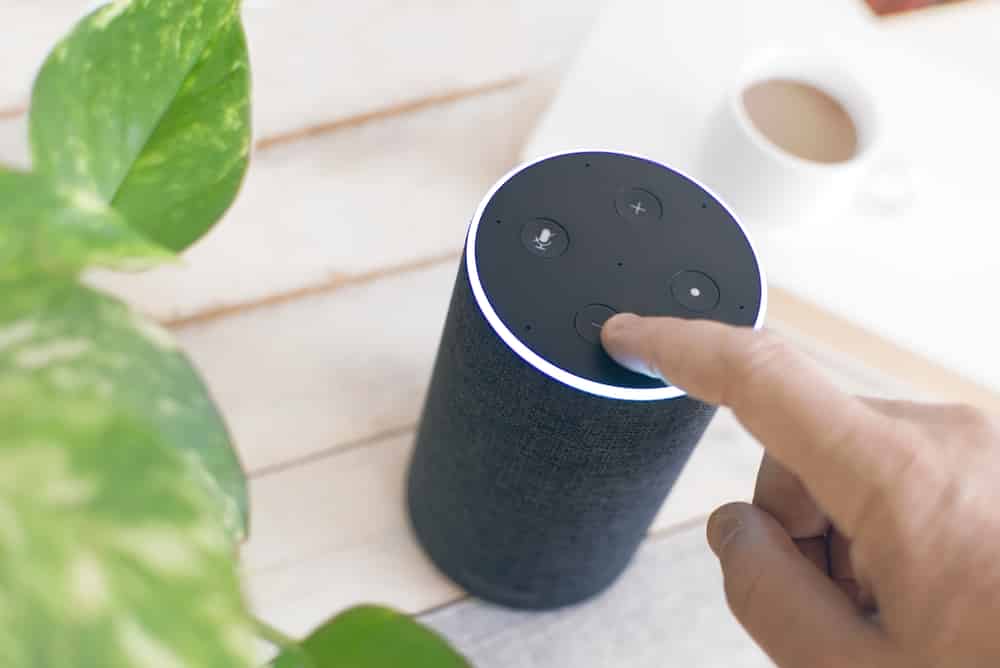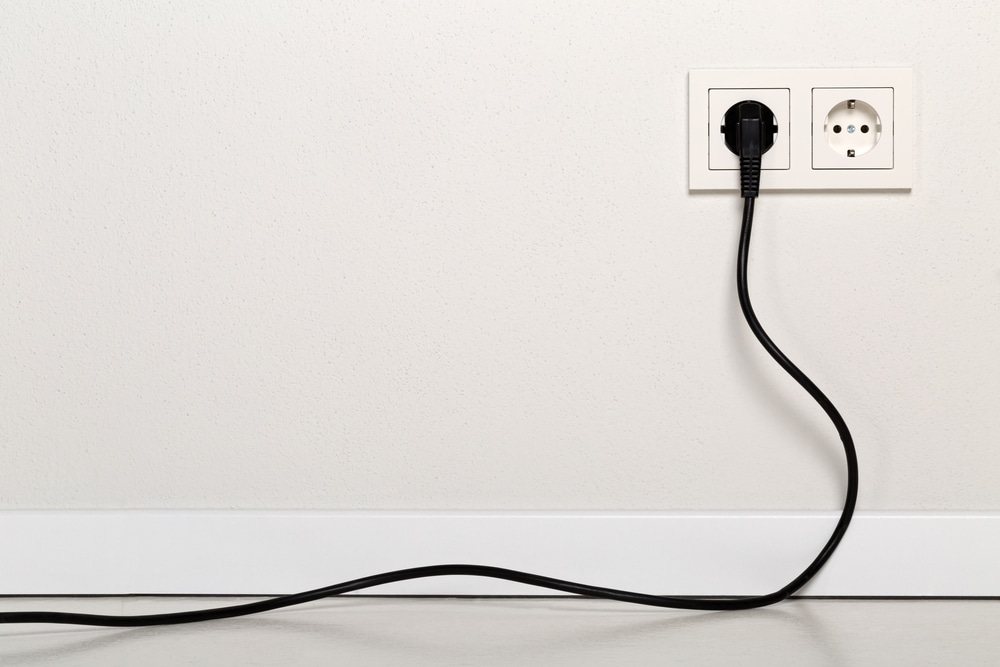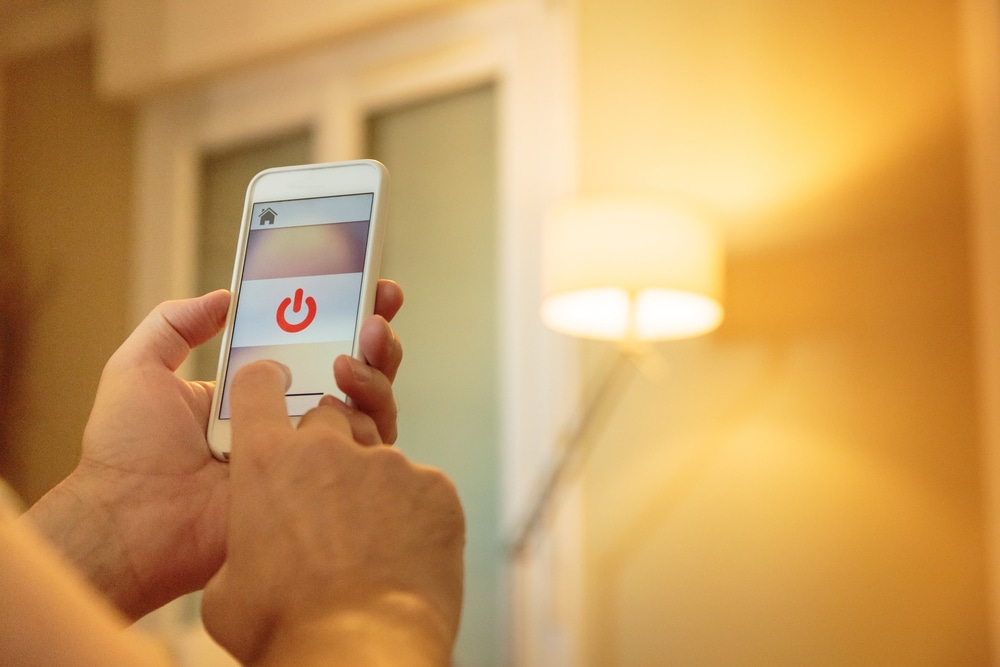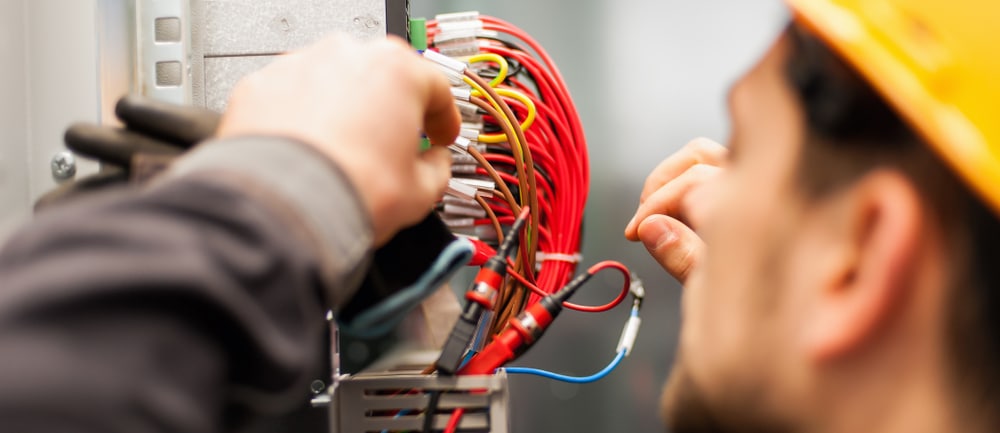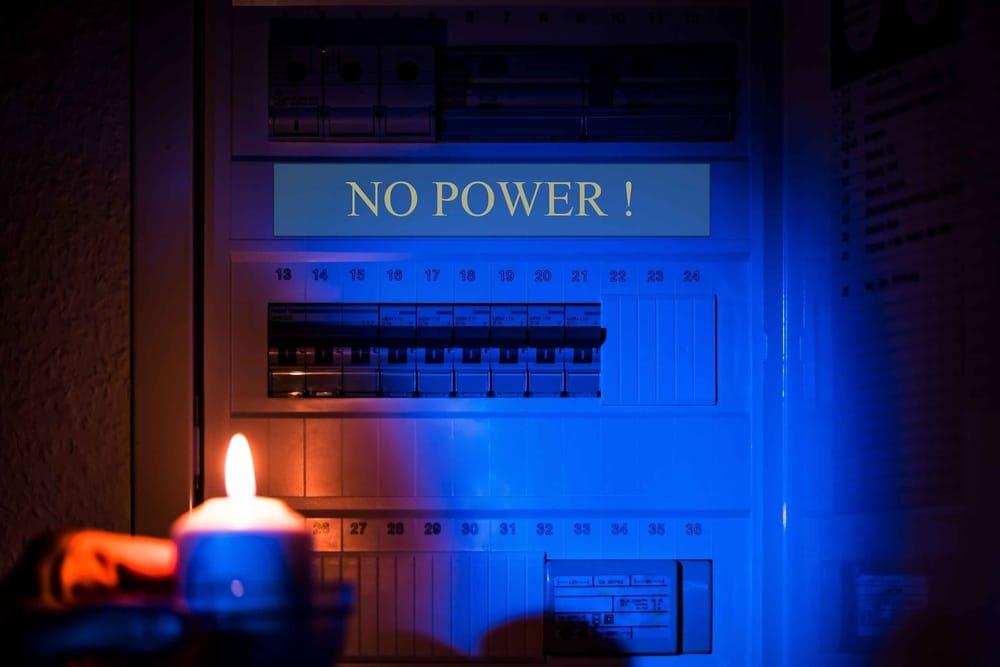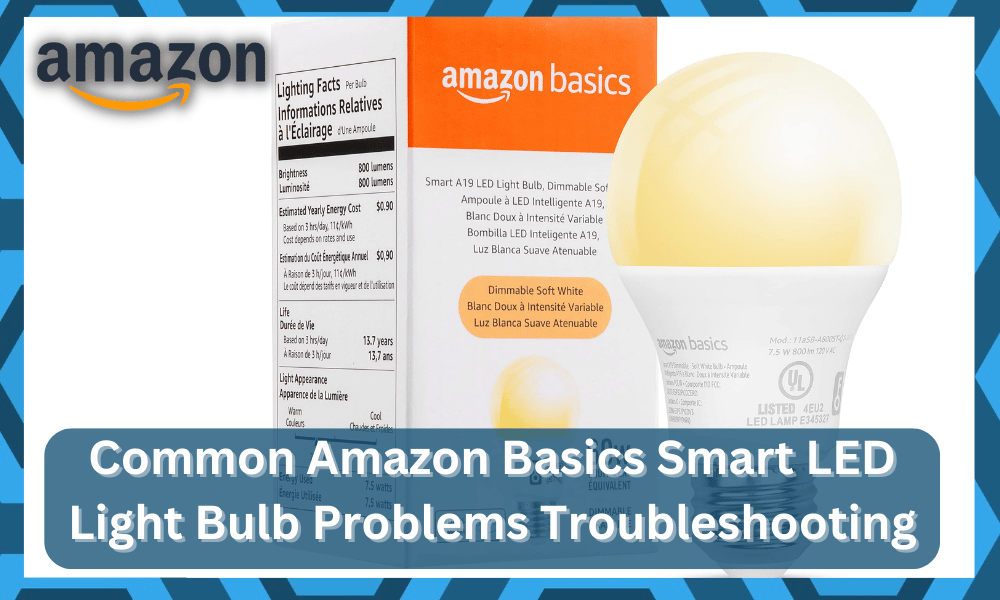
The Amazon Basics Smart LED Light Bulb is currently the #1 selling smart bulb on Amazon, and for good reason.
Not only is it affordable, dependable, simple to set up and operate, but it also does an excellent job of carrying out the fundamental duties that it was designed to carry out.
However, just like any other electrical device, it is possible that there may be some issues every once in a while, that need to be troubleshooted.
The good news is that the majority of these problems can be fixed by just replacing the batteries or trying out some other popular remedies.
Common Amazon Basics Smart LED Light Bulb Problems Troubleshooting
In this tutorial, we’ll go through the most frequent difficulties that people have with the Amazon Basics Smart LED Light Bulb and how to cure them!
- My Switch Isn’t Working, Thus the Light Won’t Come On.
There are a few different explanations to consider in the event that your light won’t switch on.
There are a few potential causes for this, the first of which is that the lamp whose settings you are attempting to adjust is perhaps not plugged in or that it is not receiving electricity.
Check to see that the plugs for all of your lights are securely in place and that the lights themselves are receiving electricity.
If you still aren’t having any success getting your light to switch on, try using fresh batteries or a different kind of battery.
If that doesn’t work, try changing the batteries with ones from a different brand. Another typical explanation for why a light won’t come on is because the wall switch is in the “off” position.
You may rectify this situation by turning the switch on the wall back to its original position. If none of these solutions work, it may be an indication that the light bulb itself is defective.
To determine whether or not this resolves the issue, try replacing the problematic bulbs with brand-new versions.
Last but not least, if the issue still persists after trying other solutions, you should get in touch with customer care and explain the situation to them.
It is probable that they will be able to provide a greater amount of support.
- The Light Is Far Less Bright Than It Normally Is.
It’s possible that a defective ballast is to blame for your bulb’s lower-than-normal brightness.
Because ballasts are important for controlling the power that is supplied to light bulbs, if the ballast is not functioning correctly, the light bulb will not be able to provide the same level of illumination.
Utilizing a multimeter on all of the connections that go from the ballast to the socket is the most effective method for putting this theory to the test.
If there are any that have a greater voltage than they should, you will need to replace that connection with one that has a lower voltage if there are any that are present.
There is also a possibility that the filament in your light bulb has burned out; if this is the case, you will need to replace the complete light bulb.
It seems like the LED lights are not functioning: LEDs may experience a loss of functionality for a number of reasons, one of which is a deficiency in the amount of power they are getting.
This may seem to be counter-intuitive. A simple solution would be to check and see if the circuit breaker that controls the flow of electricity to your light bulbs has been turned off and then put back on again.
This would be a fast and easy way to remedy the problem.
- Can’t Connect My Bulb To Wi-Fi
There are a number of potential causes to consider if you are unable to connect your new lightbulb to your home’s Wi-Fi network.
In order to assist you in troubleshooting these difficulties, we will go through some frequent problems as well as the solutions to those problems.
Either by pushing the power button located on the device’s back or by using the remote control, make sure that the light bulb is turned on.
Check that your smartphone is connected to the internet and is within range of the Wi-Fi signal broadcast by your home network.
Simply restarting the application will force the connections between your devices to be reestablished, allowing you to resume the pairing procedure from scratch.
If you are still unable to connect after doing all of these things, there may be a problem with the hub itself.
You may try to reset it by disconnecting it for ten seconds and then plugging it back in again. This should work.
It is possible that you may also need to restart your modem if any modifications have been made to your Wi-Fi network since the time that you used it most recently.
After you have successfully brought your router back online, you should attempt to connect the light bulb once again.
- The Light Isn’t Responding To Alexa Or Google Assistant
The two most typical issues that arise with Amazon Basics smart LED light bulbs are that they either do not listen to voice commands or that they do not turn on when they are connected.
If you are experiencing this problem, it is probable that there is a problem with the connection to your WiFi network.
It is recommended that you restart your router in order to determine whether or not this resolves the issue.
In such case, you’ll need to reset your device, which entails turning the power off for fifteen seconds before turning it back on again.
You might also try switching to a different kind of smart light and checking to see whether it is compatible with either Alexa or Google Assistant.
If this is not the case, you should get in touch with the device’s manufacturer to request a replacement.
- There’s A Blinking Blue Light
If you go up into your attic and see a blue light that is flashing rapidly, this might be an indication that there is a connection or cable that is not securely fastened.
In order to resolve this problem, please follow these troubleshooting steps:
Investigate whether or not there are any cables that can be seen coming from the light fixture. Check to see if there are any cables that are visible coming from the ceiling.
If there are, check sure they are secure and tighten them up if you spot them.
Check the area around the light fixture to check if there are any wires that are visible on the ground. If you find any, make sure they are securely fastened and tighten any that you find.
If you come across them, you should check sure they are secure and tighten them up if you do.
In the event that none of these inspections turn up any positive results, it is possible that the wire at the switch is either disconnected improperly or is loose.
After doing all of those inspections, if you find that there is nothing wrong with the wiring that is close to your switch or light fixture, then it is probable that the wall socket is the one that is broken.
- My Light Keeps Randomly Changing Color
If it is not switched on, a light bulb will not be able to fulfill its primary purpose, which is to discharge photons in the form of visible light.
If you are having this issue with your bulb, make sure that the switch is in the ON position and that you have tried turning it off and then back on again.
If the issue persists, you may need to replace the bulb.
If you are still experiencing problems after doing these methods for troubleshooting, please get in touch with customer care so that they may provide additional help.
- Difficulty Installing New Bulbs
It’s possible that installation will be more difficult than typical at your house due to the kind of screw socket or wire configuration already in place.
If you still have issues about the way the electrical wiring is set up in your house, it is possible that you may need to seek the assistance of an electrician.
I made sure to follow all of the directions, but my new light bulbs aren’t working. Just as with any other new product, it may be really annoying when it doesn’t perform as it should!
Please see this page, which is devoted to our Returns Policy, if you need any more clarification on our refund and exchange policies.
- Flickering Or A Flicker Pattern In LED Blub
Flickering isn’t necessarily a problem; in fact, some people find it comforting! There are a couple reasons why your light bulb might be flickering.
If it’s only happening when you use certain appliances like microwaves, then most likely the frequency of the appliance is clashing with the frequency of your light bulb and causing interference.
Try installing an electrician grade filter in between these two devices to reduce these effects. Another reason why your light bulbs may be flickering is due to an electrical outage and a loose connection.
